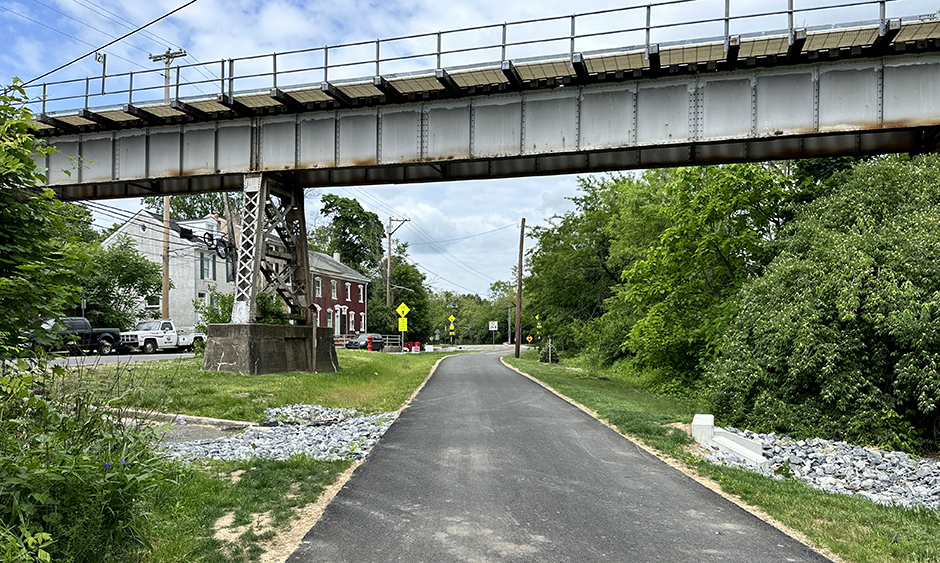
May 16, 2024
This is the second in a series of informational articles about the Transportation Improvement Program, or “TIP.”
The Transportation Improvement Program (TIP) is the regionally agreed-upon list of priority transportation projects that the region plans to carry out over a four-year period, but how are the projects selected? Often years of research and public input precede a project’s inclusion on the TIP. While there are several ways that a project can wind up on the TIP, what follows is the most typical course a project takes:
First, a specific transportation need is identified. Municipal planners and engineers create lists of potential improvements based on their needs, analyses, and resident complaints and questions.
Second, these projects are then reviewed at the county or major city level in consultation with various experts including engineers and planners. If the county or city agrees a particular idea has merit, they may act as a project sponsor and develop clear project specifications. Project proposals may also be developed at the county and state levels in much the same way. Additionally, Departments of Transportation (DOTs) and transit operators identify projects using systems that monitor various parts of the transportation network, such as pavement, bridges, and signs, to determine where maintenance and improvement projects are needed most.
Third, the list of projects and priorities created by each county, city, and agency is reviewed by DVRPC’s Regional Technical Committee (RTC). The RTC is composed of state, county, and city planners; transit operators; resident representatives from the DVRPC Public Participation Task Force (PPTF); and representatives from transportation-related interest groups. This process is consensus-based and includes a universal project evaluation analysis that incorporates performance-based measures for evaluating new projects. They try to make sure that the highest priorities of the region are being addressed within the limits of available resources and that the projects align with the region’s goals. The RTC then recommends projects to the DVRPC Board.
Finally, the DVRPC Board, which is made up of elected officials of the region’s counties and major cities and representatives from the states, considers the recommendations from the RTC and comments received from the public to determine the final list of projects to be included in the TIP. They then vote to adopt the selection of projects.
Throughout this process there are many ways for the public to get involved. Letters of concern to municipal and county officials and transit company operators are one of the most effective starting points. As local research begins, public input may be provided at formal meetings or informal sessions with local and county planning boards and staff. Residents can also participate in special task forces to review transportation improvement ideas at the corridor, county, and regional level.
The public and other interest groups also have an opportunity to comment on the TIP before it is adopted by the DVRPC Board. DVRPC conducts a public comment period and holds open house meetings to give the public the opportunity to make comments and ask questions about the process and projects to state, county, transit, and DVRPC staff. On Thursday, May 23, 2024, DVRPC is opening a 30+ day public comment period on the Draft Federal Fiscal Year (FY) 2025 Transportation Improvement Program (TIP) for Pennsylvania. In addition to submitting comments online or through the mail, people will have the opportunity to make comments at two public meetings. Learn more about the public comment period and meetings.
This is the second in a series of informational articles about the Transportation Improvement Program, or “TIP.” Check out the first in the series, “What is the TIP?,” and look for more articles in the future on funding, public participation, and highlights from this year’s Pennsylvania TIP update.